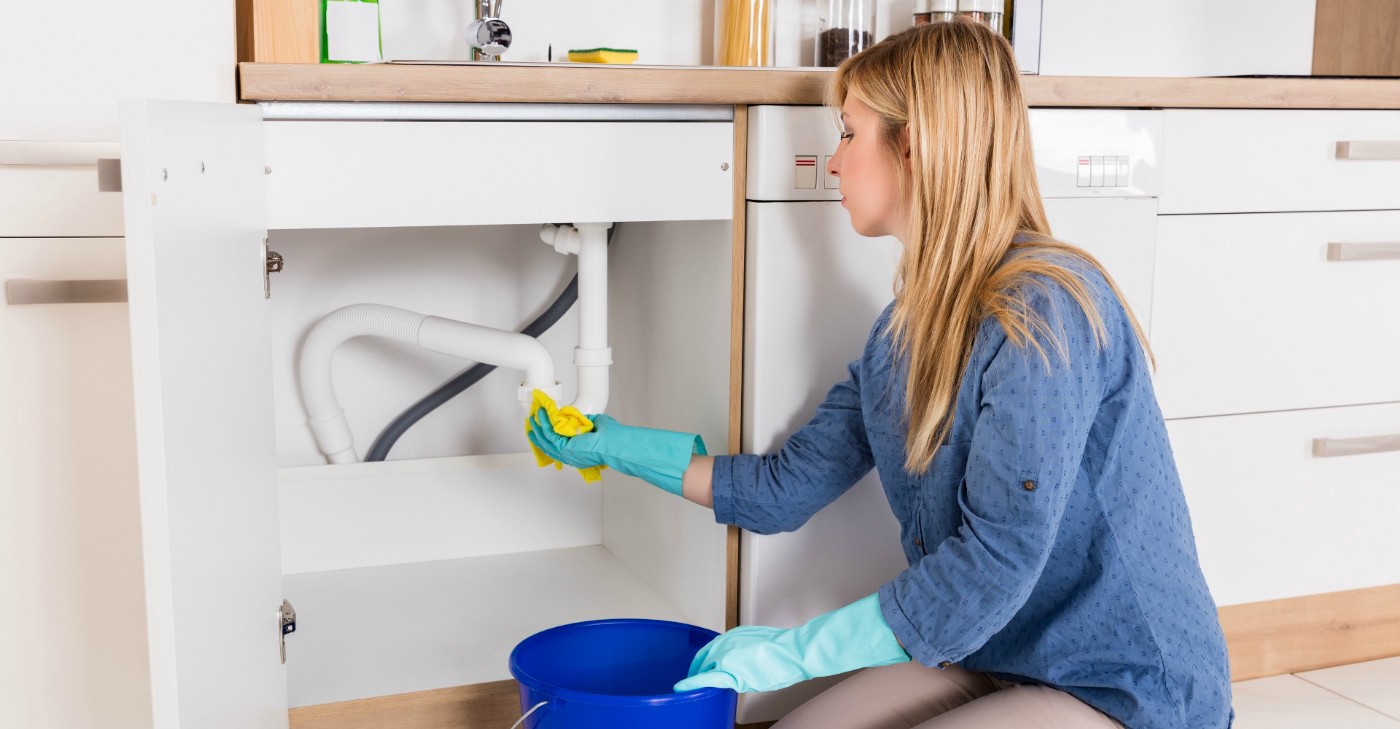There is no ideal period for renovating plumbing, but to avoid problems arising at the wrong time, it is essential to check the installations for anomalies regularly.
Leaks in the pipes can show up as traces of humidity on the walls or the floor.
A good rule of thumb is to repipe when remodelling your kitchen, bathroom or basement. You can save costs by only replacing exposed piping if no other signs of water leaks are present.
The presence of rust is also a sign of an urgent need for renovation
Here is a summary. Read the rest of the article to the end for all the details.
When should the plumbing in a house be redone?
Here are some of the most common reasons you should transplant your house: If you live in an older home, if your house is 50 years old or older, and you have never replaced its pipes, chances are that you should do it soon.
How much does sewer repair cost?
We are replacing all the plumbing in a 140 square meter two-bathroom house with copper pipes costs between 8,000 and 10,000 Dollars.
How long does it take to renovate the plumbing?
A complete report can take a few days to a week, tiny homes can be repossessed in just two days, while large homes with multiple bathrooms can take much longer. However, it is essential to note that you will only be able to use your plumbing during this entire period.
Do the copper pipes need to be replaced?
Regardless of the material, each of these plumbing products has a lifespan that you need to know to assess whether you need an upgrade. Brass, cast iron, and galvanized steel have a lifespan of 80-100 years, copper lasts 70-80 years, and PVC pipes only survive 24-45 years.
Know your tips
The type of plumbing in your home determines how long it will last.
Check the inspection report you received when you purchased your home to find out what type of pipes you have, or bring in a trusted plumber to do a free inspection of your plumbing system.
If your hoses are older than these guidelines, they can still be replaced.
Well-maintained pipes can last longer, and poorly maintained or in areas with hard water (i.e. high mineral content) can fail sooner.
So no matter what type of pipes you have and how old they are, you need to keep an eye on them.
Lead pipes, used in the early 1900s, have a life expectancy of 100 years, but they can leak lead into drinking water, posing a severe health hazard.
Polybutylene pipes, used from the 1970s through the 1990s, are highly susceptible to breakage.
Watch for signs of trouble
If your home is over 60 years old, make it an annual ritual to examine all exposed pipes: in basements, crawl spaces, and utility rooms; to spot signs of trouble.
Check the pipes for discolored, stained, dented, dented, or chipped patches, all of which are signs of corrosion.
If you find any irregularities, have a plumber come for an inspection.
Of course, you will also need to watch for leaks. Even small leaks that are easy to fix can signify that it’s time to replace the whole house.
After all, the original pipes in your home are from the same era, made of the same material, and went through the same water supply patterns and use patterns.
Also, when filling your tub, watch the color of your water, especially after a vacation where it’s been in the pipes for a while.
If the water looks brown or yellow, you’re seeing rust, a sign of rot inside the pipes.
Consider replacing it soon.
The best times to replace pipes
Ultimately, you’ll need to hire a trusted plumber to advise you when to replace a pipe.
And it’s always good to get a second and even a third opinion before embarking on a replacement project.
But there are several ways to reduce the cost and difficulty of the work.
- Replace what is exposed.
In the case of a house with plaster walls, wood panels or other elements that make it difficult to access the pipes embedded in the walls, at least consider replacing the lines that are not buried in the walls. Walls.
Although it’s a big job, replacing exposed pipes in a basement, crawlspace, or utility room is pretty simple because the plumber can easily access the pipes.
And depending on the structure of your home, the plumber can access most of your system this way.
For a two-bathroom house of 140 m2, you will pay between 1500 and 5000 Dollars or more to replace only the exposed plumbing.
- Replace when you renovate.
Whenever you renovate part of your home, take the opportunity to inspect — and, if necessary, replace — any plumbing lines you discover when you open up walls and floors.
This includes the plumbing in the kitchen or bathroom you are renovating and any pipes running through the walls to supply the upstairs bathrooms.
As the pipes are exposed during the project, and the plumber comes to the site anyway, the extra cost may only be 200 to 8000 Dollars – a bargain, considering that you have eliminated a problematic area. To achieve when you have the chance.
PEX pipes
If you have supply pipes inside the wall that need to be replaced, your plumber may be able to limit the demolition of the fence they need to do by using another pipe product: XLPE pipe, also known as PER, is a flexible plastic pipe.
It can often burrow into walls like electricians run their wires behind wallboard or plaster with little intervention – something impossible with rigid copper pipe.
PER is building code compliant almost everywhere, has a 25-year warranty, and is less expensive than copper.
Replacing all the plumbing in a 140 m2 two-bathroom house with copper pipes costs between 6,000 dollars and 8,000 dollars
But the use of the PER would only cost 2,000 to 3,000 dollars.
This is because of lower material and labour costs.
If it takes you two days to re-plumb a house with copper, you can do the same thing in one day with PER.
Still, some environmental groups are concerned about the still-unknown health risks of plastic water pipes.



